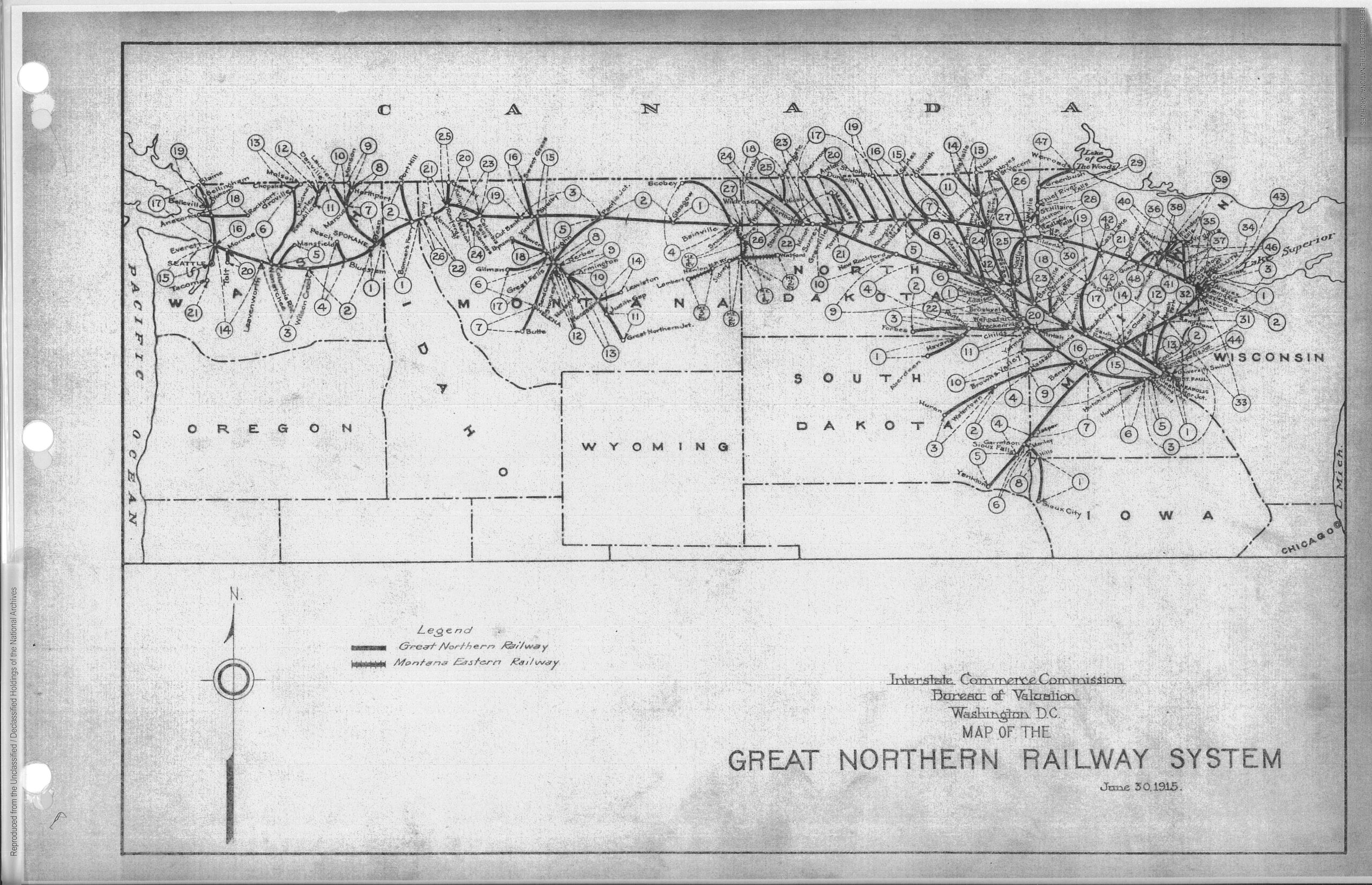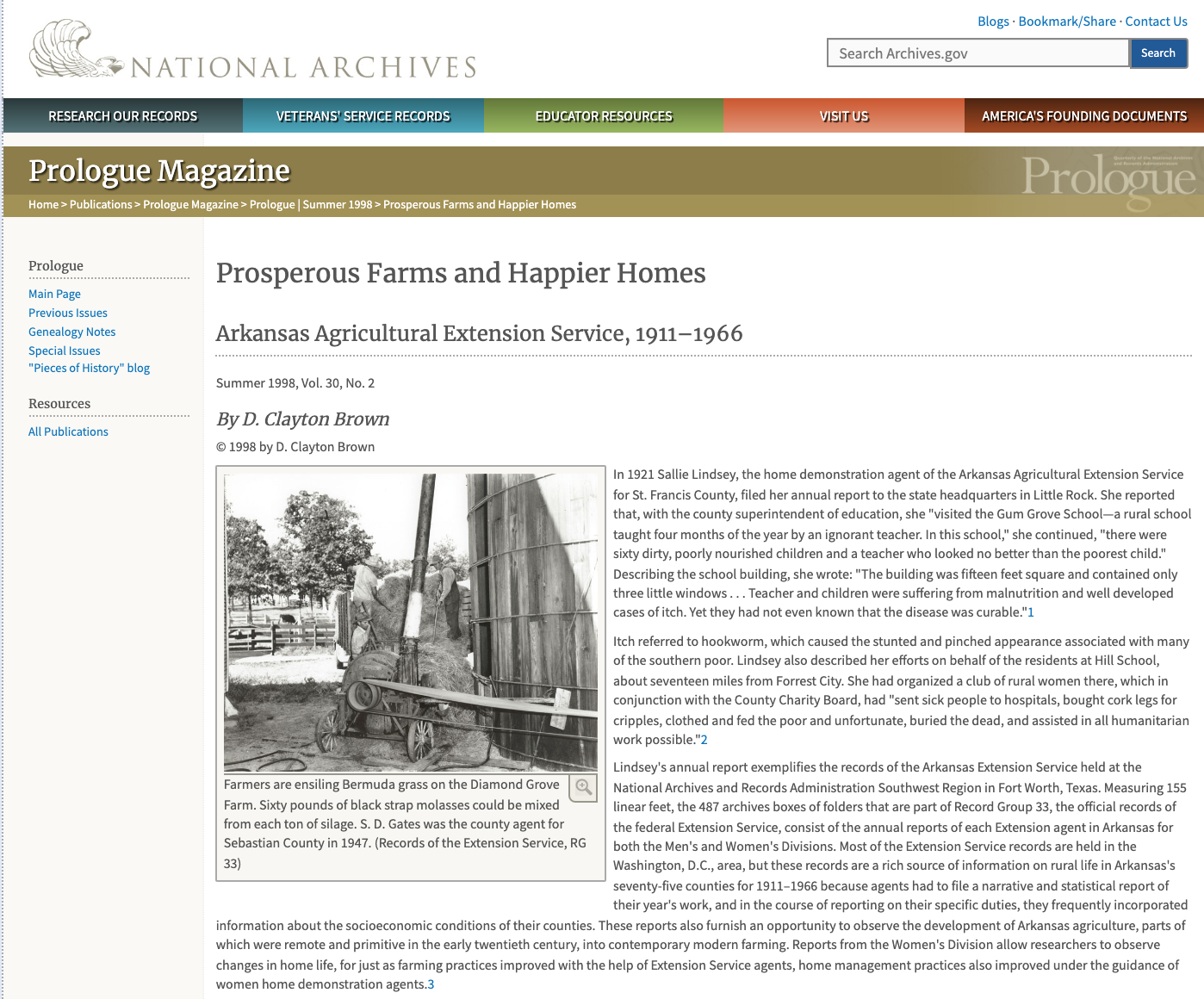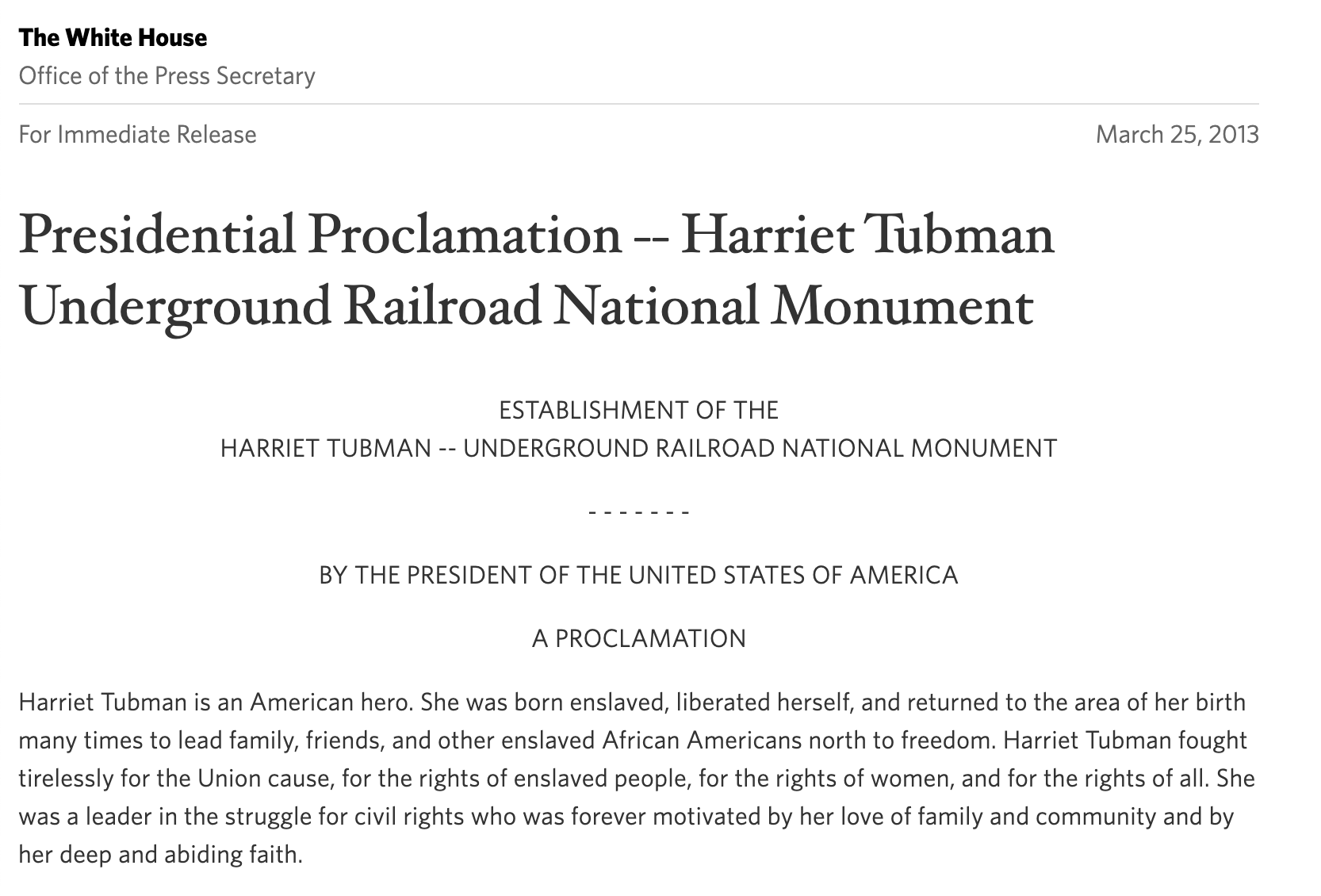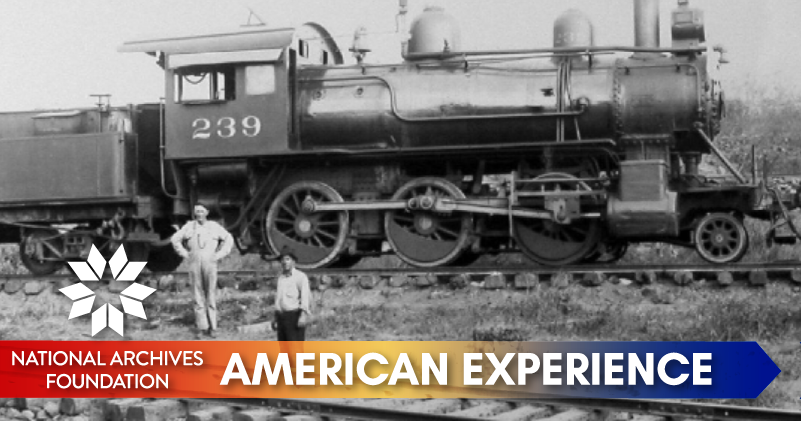Archives Experience Newsletter - December 21, 2021
Your Corner of History
So long, 2021
Looking back, this year was a mixed bag at best – there were moments of normalcy (we miss you early summer!) but we also continued to feel the uncertainty that we came to expect from 2020. Sadly, the pandemic will lurch into the start of 2022 as well. Over the past two years, our personal and professional connections have taken on new meaning. At the Foundation, we aim to be one of those connections you value: linking you to the Archives, to each other, and to our shared American story.
With the Archives Museum closed in early 2020, this newsletter was born out of that need for connection. Each week, we bring the Archives straight to your inbox, linking the holdings to themes, anniversaries, significant dates, or current events. In the spirit of forming connections with our community, this week we heard from you, and let you become the editor to decide which events, periods, and people to serve up. So read on to discover more of what your fellow readers are curious about.
Next week the newsletter team will take a much deserved break, but join us again in January as we have even more content ready for our community of history-lovers and loyal AE readers!
Until then, I wish you a happy and healthy New Year!

Patrick Madden
Executive Director
National Archives Foundation
PS. In last week’s AE, we ran a poll featuring White House Holiday decorations, and with 59% of the vote, Jackie Kennedy was overwhelmingly the favorite decorator!
Want more? Connect with us on social to learn more about the Foundation and the Archives: Twitter – @archivesfdn, Instagram – @archivesfdn, YouTube – ArchivesFoundation Channel, and Facebook – National Archives Foundation.
The Great Northern Railway
In the annals of railroad lore in the United States, the Great Northern Railway is perhaps less prominent than the Transcontinental Railroad, but it was an important advancement in infrastructure and a pivotal motivator in the settlement of the American West. Built by entrepreneur James J. Hill, who became known as “the Empire Builder,” the railway operated from 1889 until 1970. It ran from St. Paul, Minnesota, to Seattle, Washington, with numerous shorter lines that branched out into Minnesota, North and South Dakota, Montana, Idaho, and Washington state.

Unlike the Transcontinental Railroad, the Great Northern Railway received no federal land grants. Instead, the company bought property from the federal government and established towns all along the route to support its operations. It also sold some of the land to farmers. The railroad advertised heavily in Scandinavia and Germany to encourage people there to immigrate to the United States and settle along the railway. This was rough terrain with very little precipitation that proved difficult to farm profitably. Despite author Charles Dana Wilber’s contention that “Rain follows the plow,” the land proved too arid to support much farming. Many of the homesteaders eventually abandoned their claims and looked elsewhere for their livelihoods.
Buffeted by economic factors, the Great Northern Railway eventually merged with several other railroads to form the Burlington Northern Railroad.
Life in Rural America

The National Archives and Records Administration Southwest Region in Fort Worth, Texas, holds 487 archival boxes of records of the Arkansas Extension Service. These records offer a singular snapshot of the conditions rural farmers lived and worked in between 1911 and 1966. A division of the Federal Extension Service, which in turn is part of the Department of Agriculture, the Arkansas Extension Service employed both male and female agents to go out into the field and teach home economics and agricultural techniques to rural people.

in Prologue Magazine
Part of Record Group 33, the official records of the federal Extension Service, the folders contain the annual reports of each extension agent in Arkansas for both the Men’s and Women’s Divisions. The combined narrative and statistical reports for each year cover the extension’s activities in seventy-five counties in Arkansas during this period. This paints a detailed picture of life in rural America.
The narrative reports in particular often cast a spotlight on socioeconomic conditions in the state. The agents discussed the conditions of schools, homes, and the population, reporting on ailments like hookworms and on farming problems that affected farmers’ ability to increase their incomes.
Over the fifty-five year span of the reports, one can track changes in all the aspects of rural life, from livelihoods to education to home environments to the improvement of living and working conditions for women and people of color.
Black Troops of the Civil War

In 1863, the U.S. government created the United States Colored Troops (USCT), which was comprised of both Black freedmen and escaped slaves who had sought shelter and protection behind Union lines, and frequently in Union Army camps. The soldiers of the USCT fought in many important battles, often with great courage. The treatment of Black soldiers who were captured by Confederate troops were often more severe than that of white soldiers because the Confederates considered all Black soldiers to be escaped slaves. After the war, the USCT was disbanded.
The National Archives has created a short film about one USCT soldier, Charles Sprout, an enslaved man born in Spotsylvania County, Virginia. In 1863, Charles enlisted in the First United States Colored Cavalry, one of three USCT units formed at Fort Monroe, Virginia. The film tells the story of Sprout’s life and displays the records in the Archives’ holdings about him, including his Combined Military Service Record, his request for a federal pension, and correspondence about his death in 1926 and burial at Fredericksburg and Spotsylvania National Cemetery.
Harriet Tubman


Library of Congress Identifier: LC-USZ62-7816
Harriett Tubman, famed conductor on the Underground Railroad, began life as an enslaved person in Dorchester Country, Maryland. At the age of twenty-seven, in 1849, she escaped to Philadelphia, but she was not content to simply savor her own personal freedom. Instead, she returned to Dorchester County about thirteen times, leading about seventy of the enslaved, among them family members and friends, to their own freedom.
During the Civil War, Tubman served the Union as a cook, nurse, scout, and spy. When the war ended, Tubman lived in Auburn, New York, until her death in 1913.

Source: Obama White House Archives
Federal recognition of Tubman’s extraordinary life did not come until 2017, when, with bipartisan support in Congress, President Barack Obama proclaimed the establishment of the Harriet Tubman Underground Railroad National Monument, about 11,750 acres in Dorchester County, Maryland. Describing the landscape there, Obama noted that, “If she were to return to this area today, Harriet Tubman would recognize it.”
The National Archives holds many documents related to Harriet Tubman, including her claim for a federal pension in recognition of her service to the Union cause during the Civil War. The Archives’ Young Learners Program has also produced a video describing Harriet Tubman’s life and contributions to the causes of abolition and civil rights.
Cleveland and the Gilded Age
As President of the United States, Stephen Grover Cleveland holds several distinctions. To start with, he’s the only president who served two nonconsecutive terms, the first from 1885 to 1889 and the second from 1893 to 1897. He also became the only President to marry in the White House when he wed Frances Folsom Cleveland, who was twenty-eight years his junior, in June 1886.
Cleveland served as President at the height of the Gilded Age, a period of rapid economic growth in the United States that saw American capitalists catapulted to the stratosphere of the ultra-wealthy. It was also a period of unprecedented immigration as millions of people poured into the U.S. in search of work and a better future. The tension between extreme wealth and abject poverty became one of the hallmarks of the Gilded Age.

Beginning his political career as sheriff of Erie County, New York, Cleveland moved up the political ladder, first being elected mayor of Buffalo in 1882, and then governor of New York later that same year. Throughout his political career, Cleveland fought the spoils system that appointed party loyalists to plum positions in government, created the Interstate Commerce Commission, and worked to modernize the military.
Cleveland was beset by economic issues during his second term, starting with the Panic of 1893, which triggered a nationwide depression. An avowed advocate of non interventionism in foreign policy, he nevertheless maintained relationships with foreign governments. This yellow silk wrapper with two long yellow silk ties enclosed a scroll given by the Kuang-hsü Emperor of China to Cleveland on March 2, 1896. The gift reflects several Gilded Age aesthetics, including a curiosity about Eastern nations and an obsession with everything ornate.













